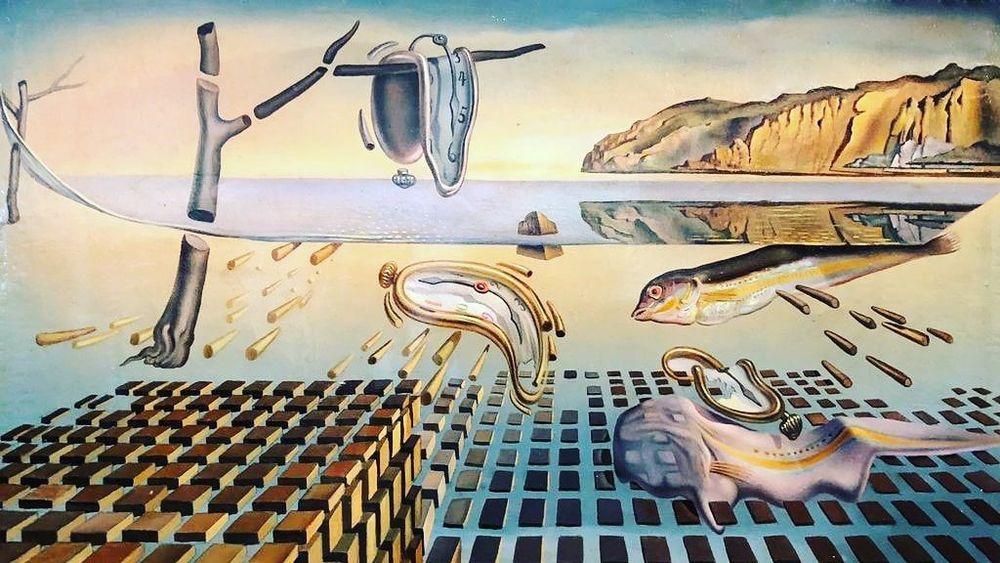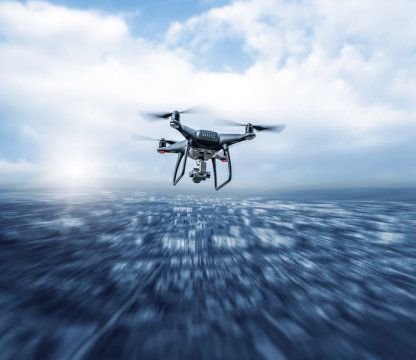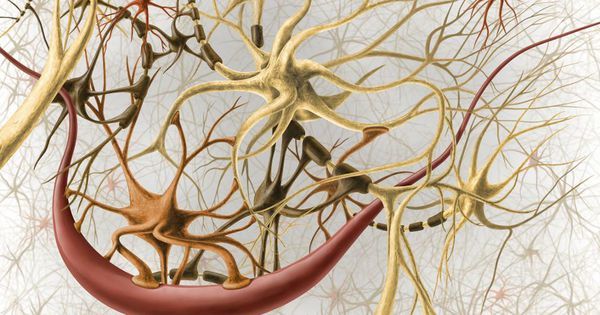One day soon you may be filling your lungs with crisp ocean air, your arms bathed in warm light as the sun sets over softly lapping waters and you may wonder, is this real? Or are scientists projecting holograms into my brain to create a vivid sensory experience that isn’t actually happening? A group of researchers at University of California, Berkeley are in the early stages of testing their ability to create, edit and scrub sensory experiences from your brain, both real-time and stored experiences: memories.
Using light to make us see what isn’t there.
Different sensory experiences show up in brain imaging as patterns of neurons firing in sequence. Neuroscientists are trying to reverse-engineer experiences by stimulating the neurons to excite the same neural patterns. At present, the steps to accomplish this are a little invasive. Scientists genetically modify neurons with photosensitive proteins so they can gingerly manipulate neurons using light. The process is known as optogenetics. Also, a metal head plate gets surgically implanted over the targeted area.
Read more






